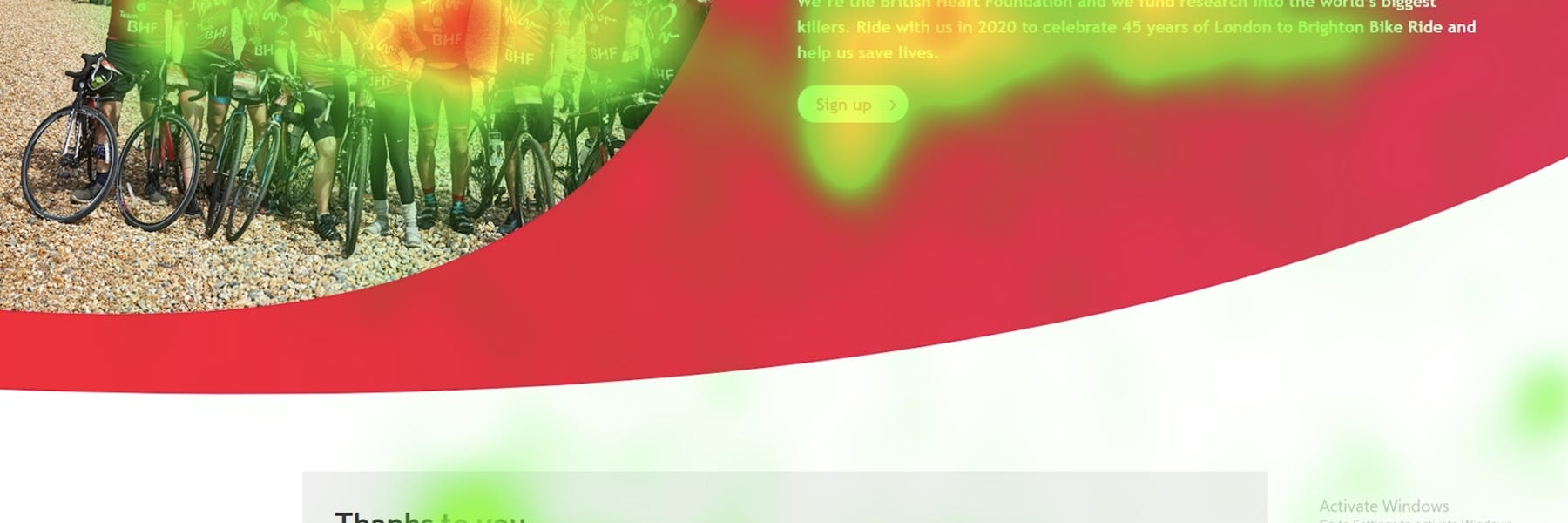What is the Difference Between Qualitative and Quantitative Data?
Numerical vs Observational Data
What is the Difference Between Qualitative and Quantitative Data?
When it comes to analysing the data, there are two types to look into - qualitative and quantitive data. When researching user habits on digital platforms, understanding the difference between the two can really help you get the most out of your data no matter how convoluted.
Quantitive
Quantitive data is the data that is statistical, well structured and defined making it great for data analysis. It is usually gathered from surveys and experiments that yield statistical data. Being so structured and close-ended, you can draw well backed up facts and patterns from the data. Quantitive data will tell you how many people viewed your site, how long they stayed on a page, your bounce rates, page clicks and anything that can be analysed with numbers.
Heatmaps and click maps provide a great visual on how your users are using your website. If you’re tracking eye-movements as we do at Space Between, you can see how long users looked at a certain section of the site, and what parts of the sites got the most activity and attention. With this data, red indicating high attention areas, you can make decisions on how to structure webpages to make key points of interest more click-worthy.

What it does not tell you, is why the users may have paid more attention to a certain page, and this is where qualitative data comes in handy.
Qualitative
Qualitative data is the ‘why’ behind user behaviours and their motivations. It is not based on the numbers or statistics and is the data usually investigated for creating open-ended conversations. Qualitative data is great for putting yourself in the user's shoes and finding out information like why they decided to abandon checkout or what made them give a lot of attention to one part of the site. These insights can make sense of the quantitative data we have, for example, we may know that users were not interacting with a CTA and now we know that is because it wasn’t obvious to see that the CTA was something on the page that could have been interacted with. With this data, we can now make decisions to make the CTA more actionable.
Qualitative data can be gathered by asking questions and conversing with the users as they are going through the experiment - something that is made really easy for Space Between with our completely mobile biometric UX lab ;) ;). This yields more honest and authentic responses from the users as they are having a human to human conversation and you can query them as they are using the site. With our UX lab, we are also able to track emotional responses and see body language from users going through a website journey, allowing us to get really in-depth data.
When collecting data, understanding qualitative and quantitive data is key. Understanding the psychological motivations of user journeys and being able to back up that data with statistics is a huge benefit to doing any kind of data analysis.